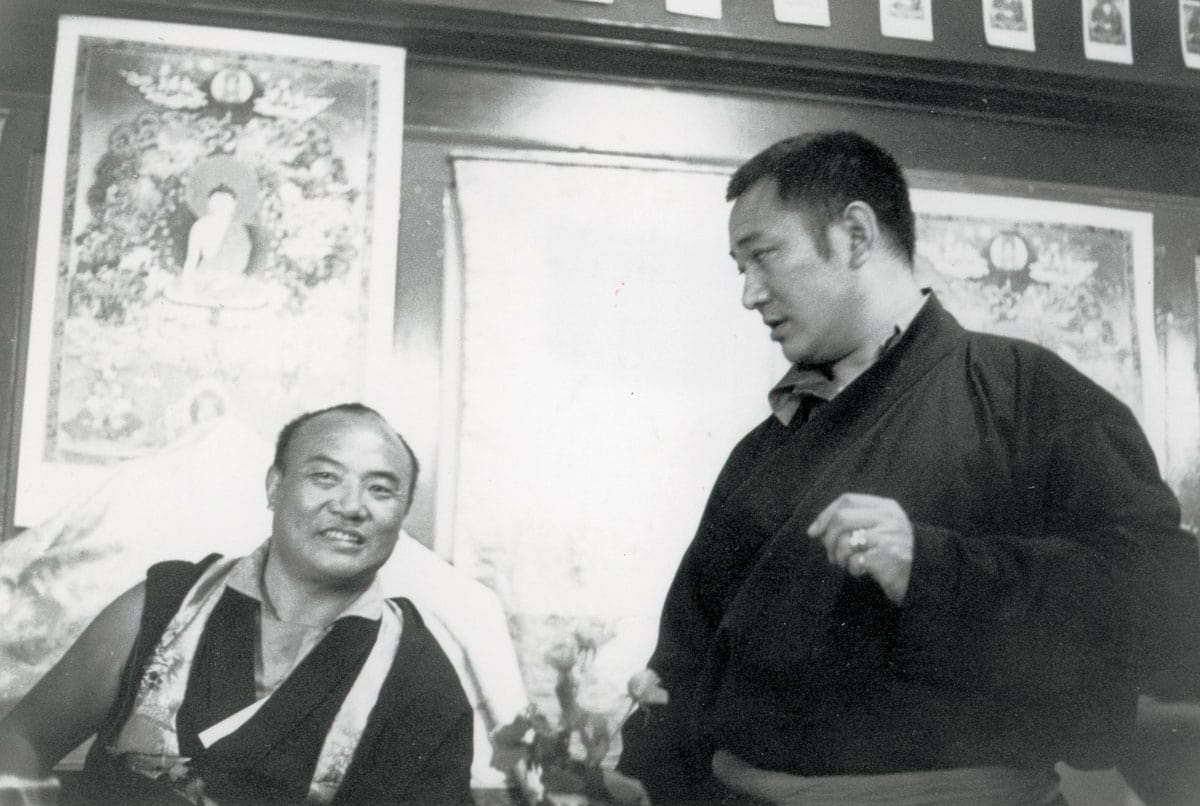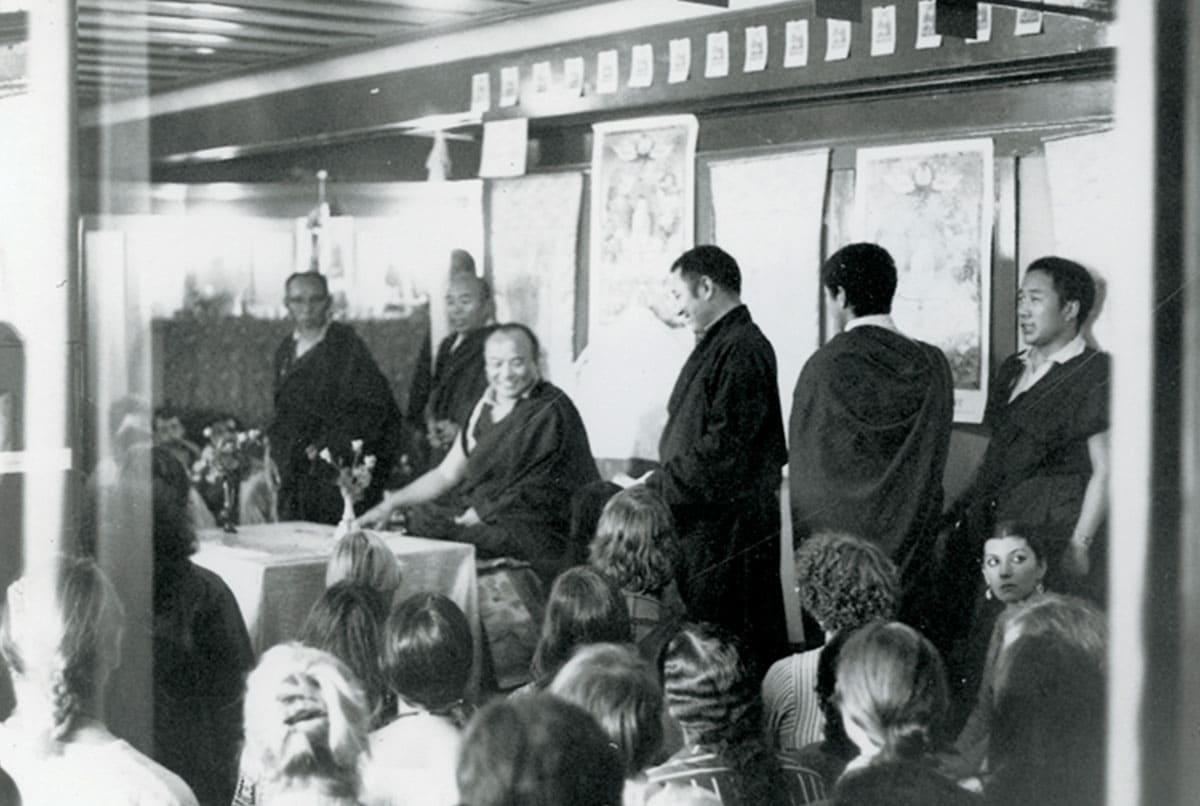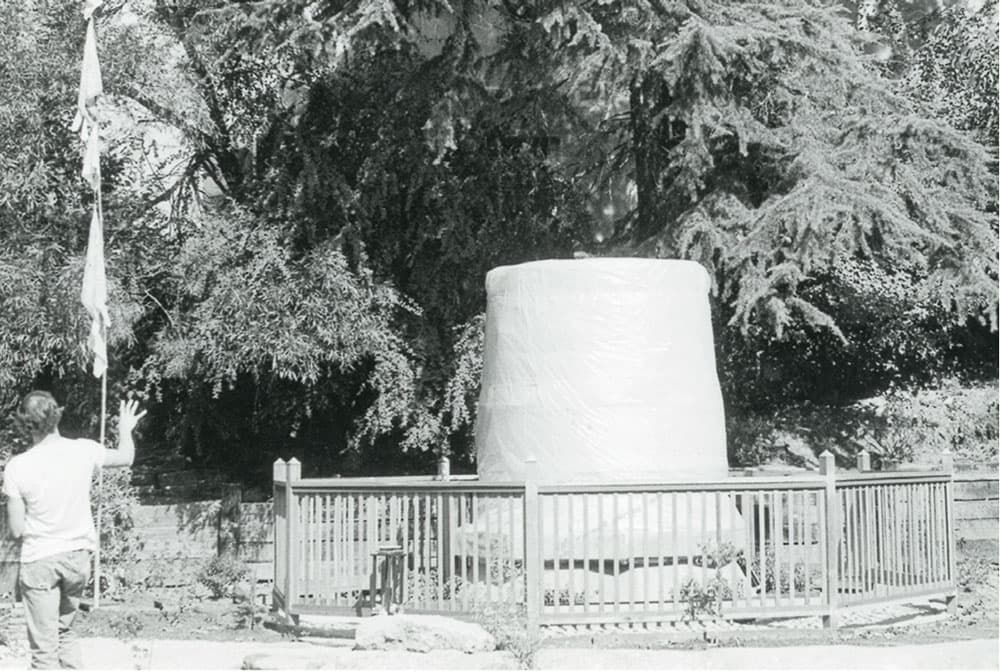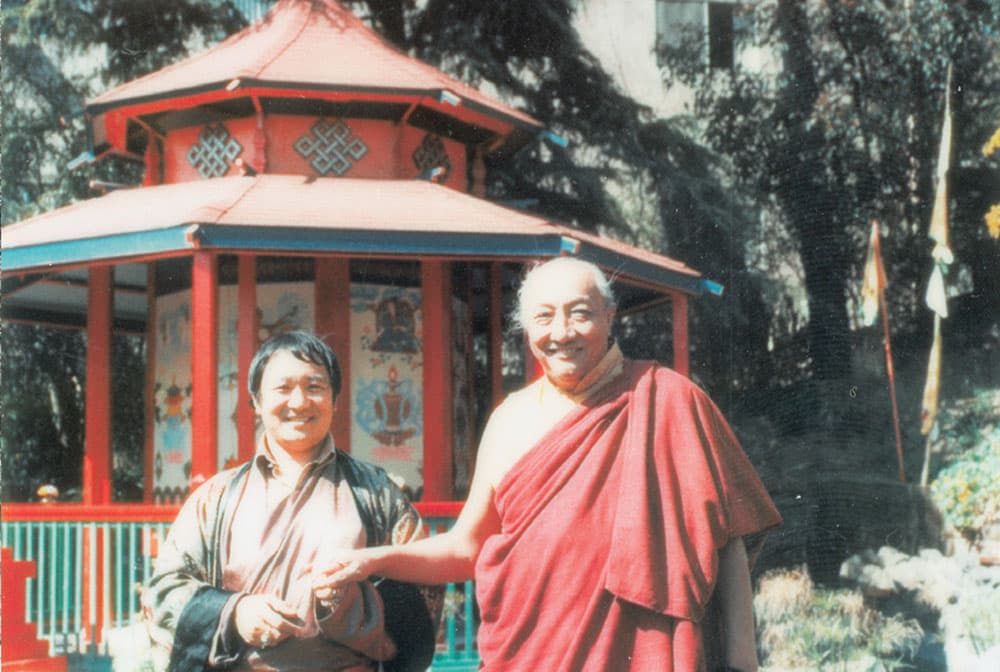
1969
In a small house on Webster Street, he holds classes on Tibetan language and basic Buddhist teachings on Tuesday evenings, as well as four-hour sessions on Saturdays consisting of basic teachings, prostrations and meditation practice.
↓
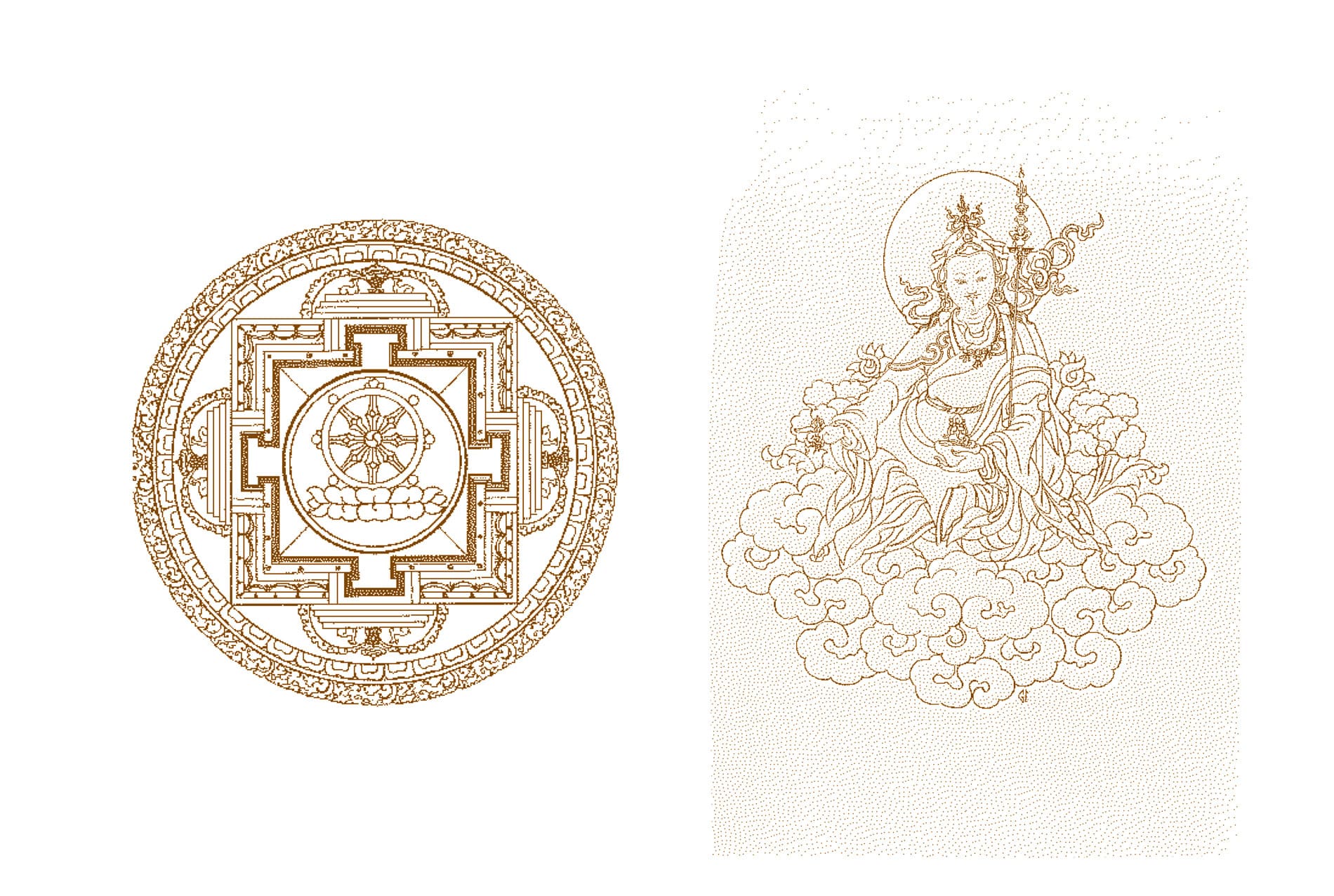
↓
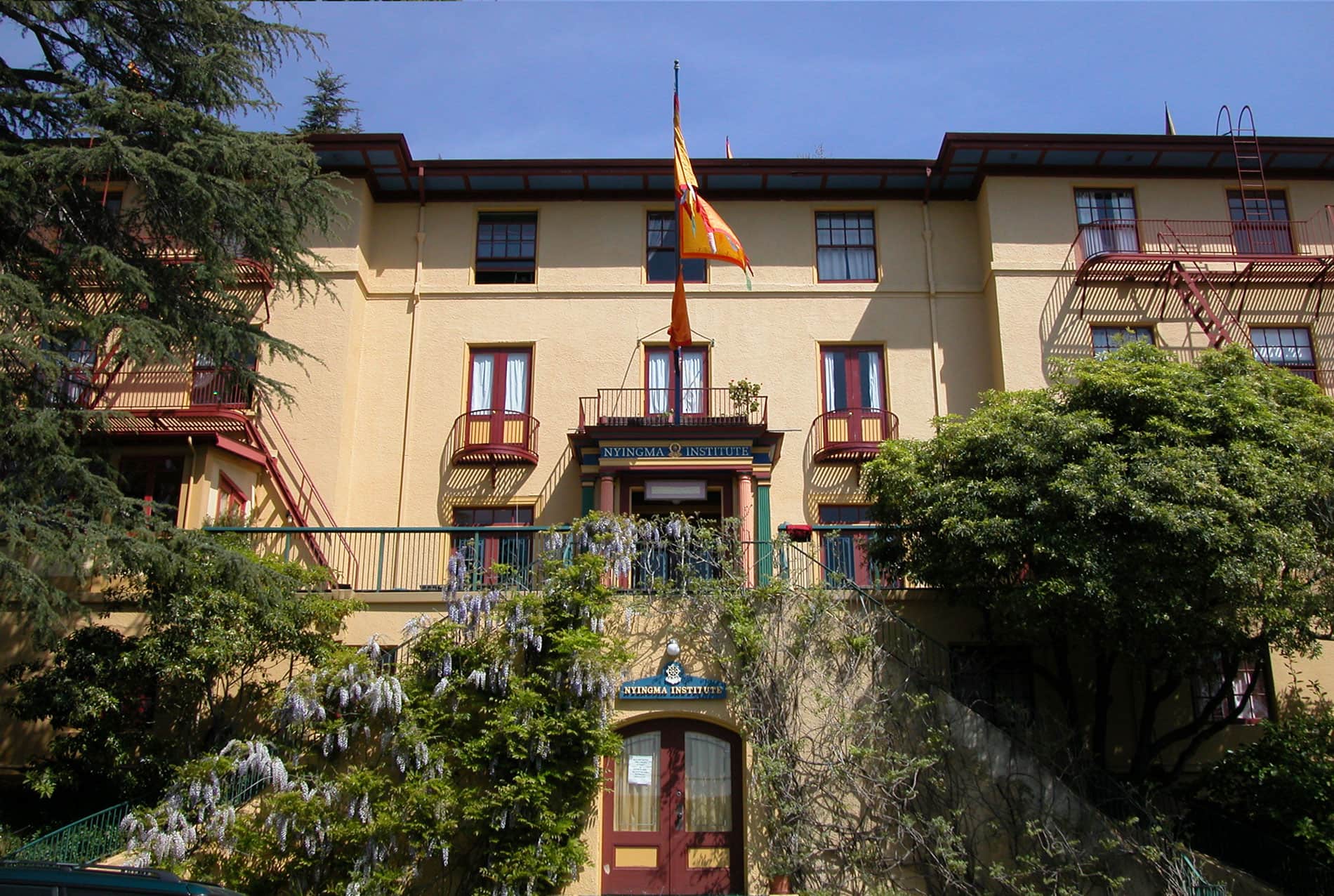
Nyingma Institute begins operation at its present location, a former fraternity house built in 1913.
Observing that many people have difficulty with extended periods of sitting, Tarthang Tulku introduces exercises based on traditional Tibetan medical techniques. These practices become the teachings of Kum Nye Relaxation.
A series of books develops out of Rinpoche’s early teaching at the Institute, which becomes the foundation for Nyingma Psychology.
The first annual 8-week Human Development Training Program, oriented to the needs of psychologists, social workers, educators and counselors, is held.
↓
↓
Participants in the Institute’s first work/study program work at Dharma Press or the Nyingma Institute and attend evening classes.
“It is indeed something of a miracle that you, who arrived in this country as a penniless refugee, have been able to achieve in seven years what all the Buddhists in Europe have not been able to achieve in seventy years: namely to create a self-sufficient Buddhist community with all facilities of studying and practicing the Dharma in all its aspects . . .” – Lama Govinda, 1975
↓
↓

